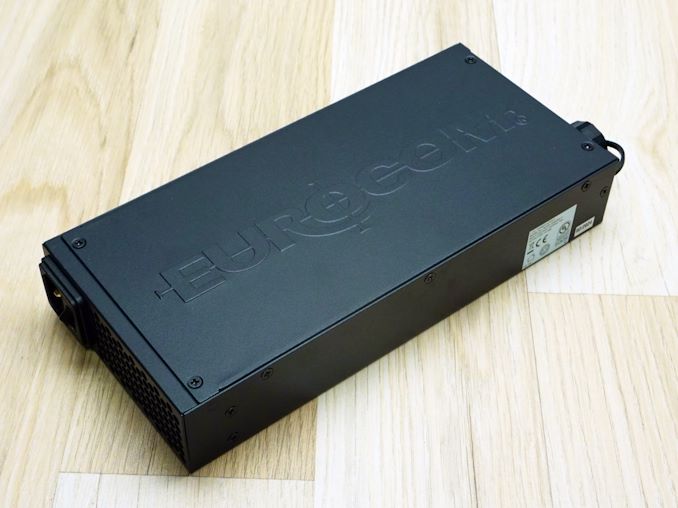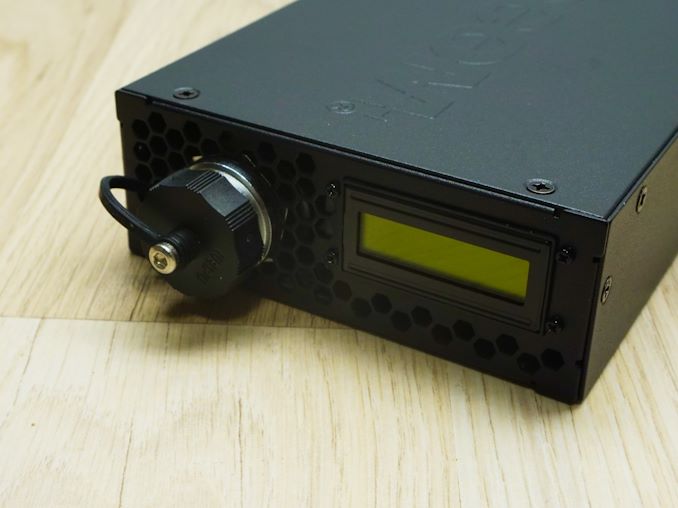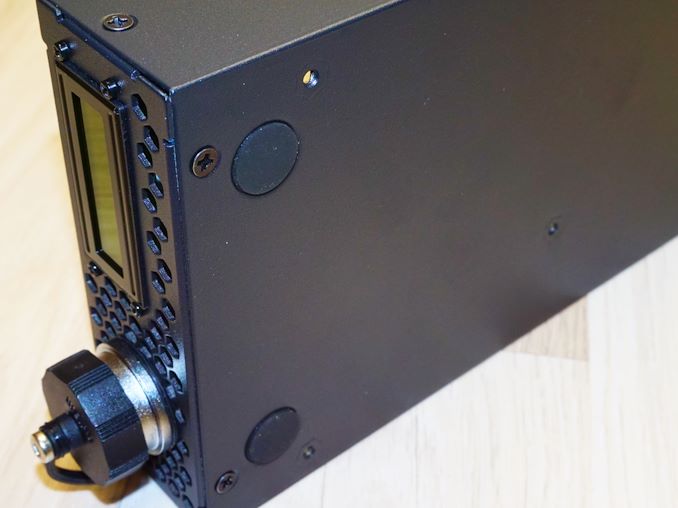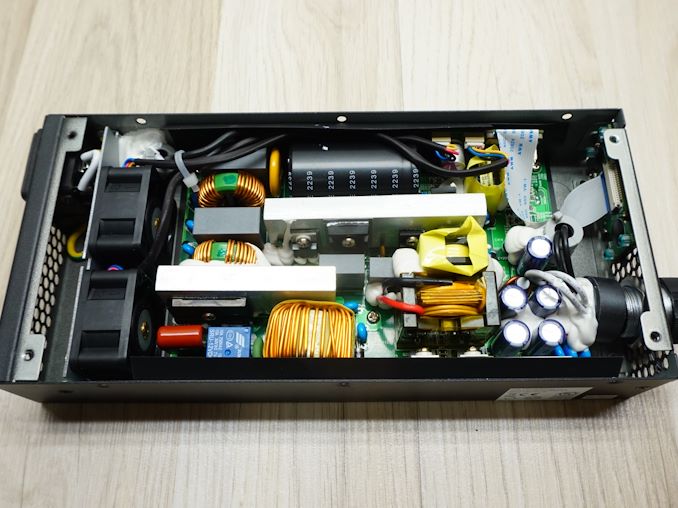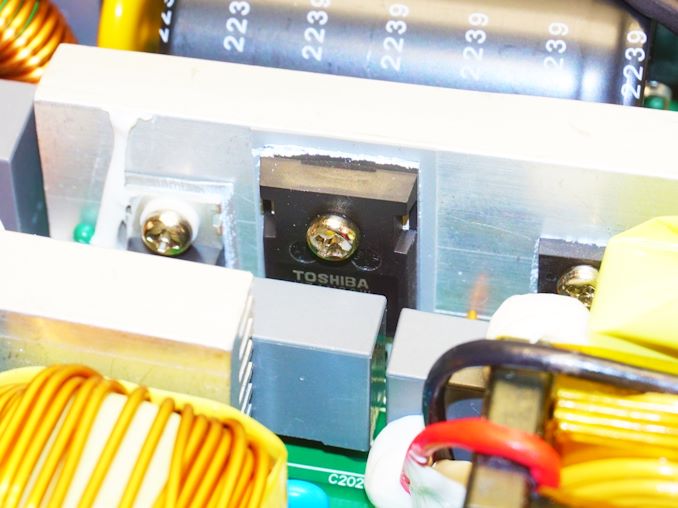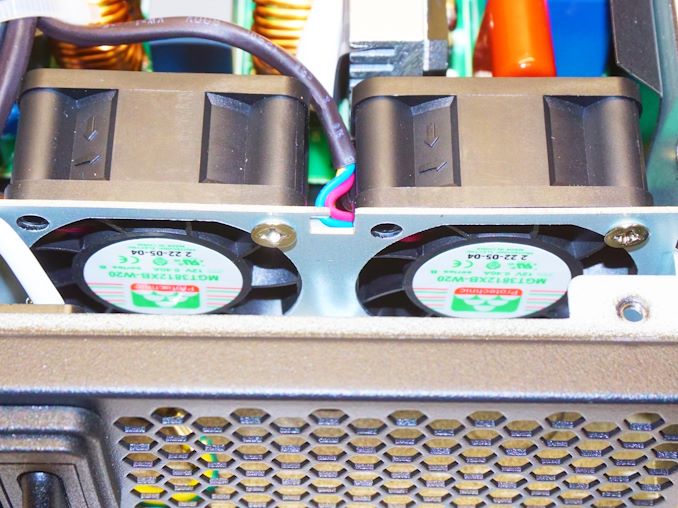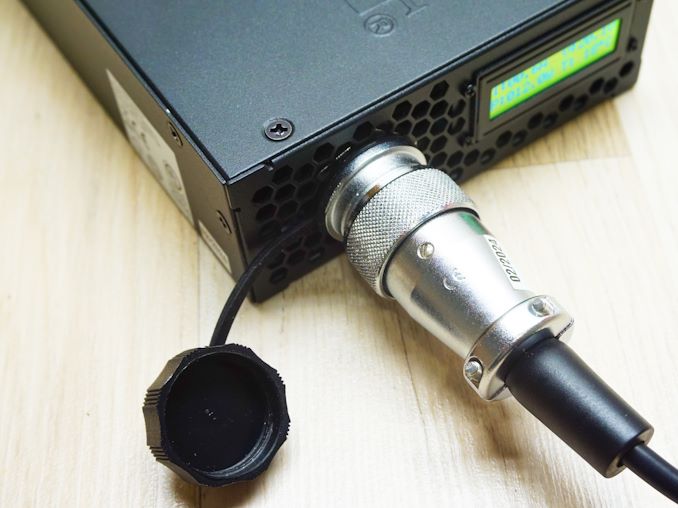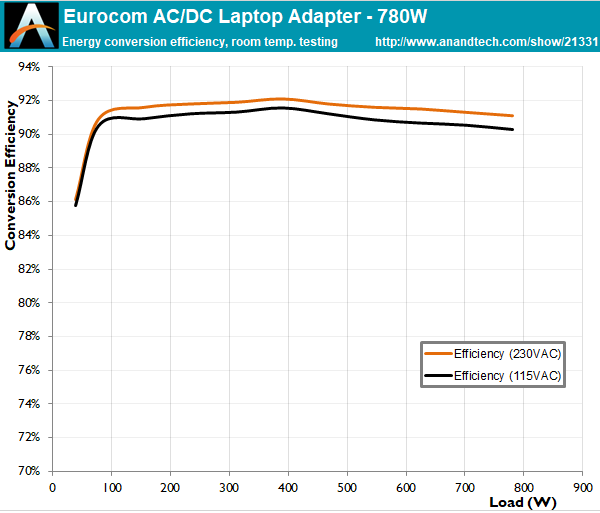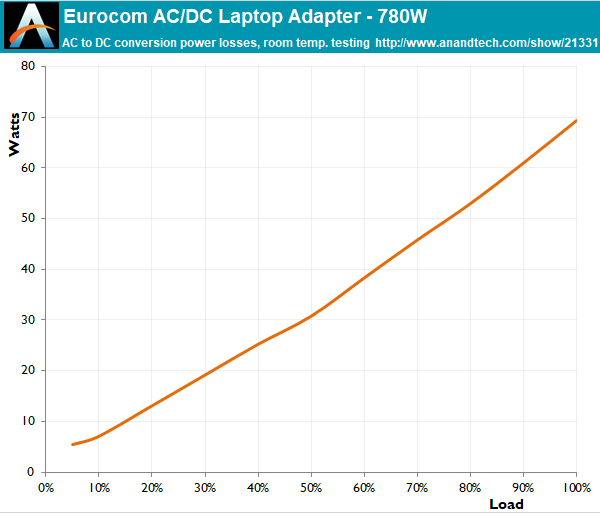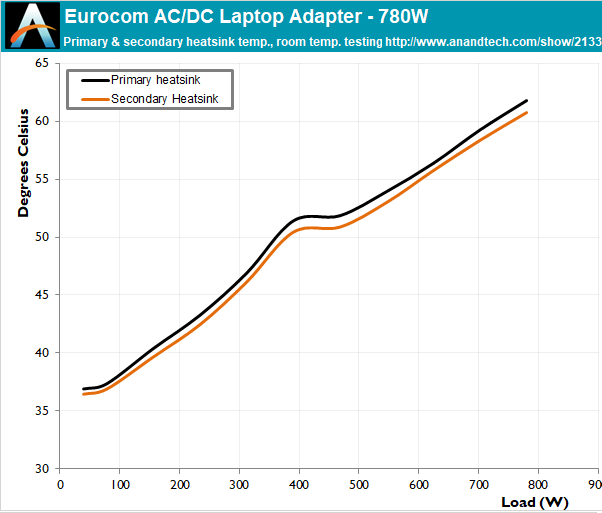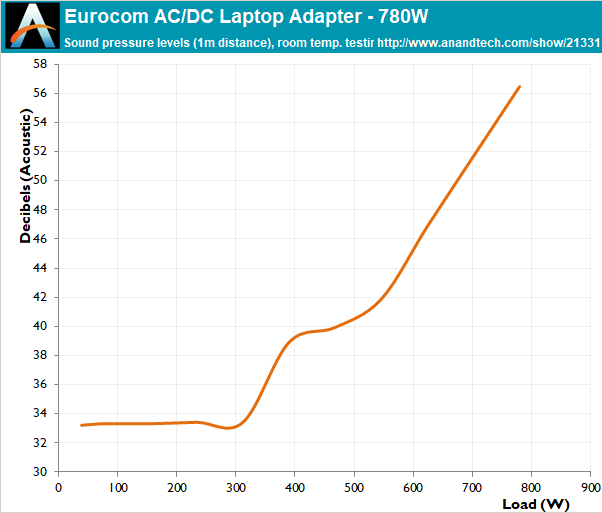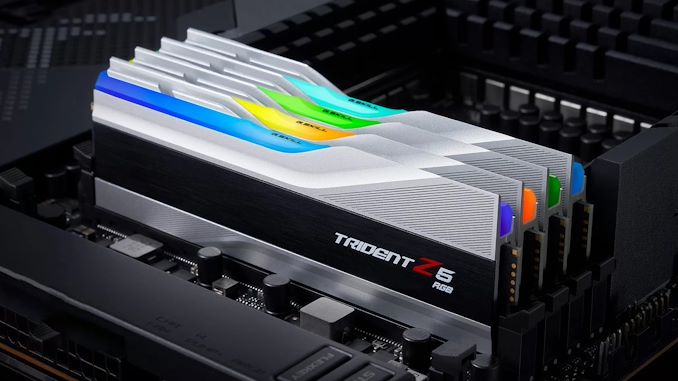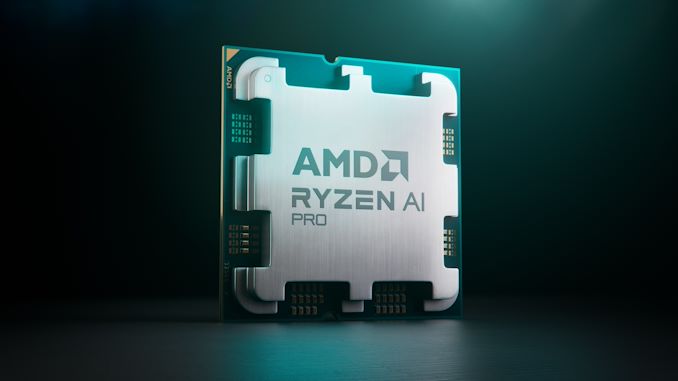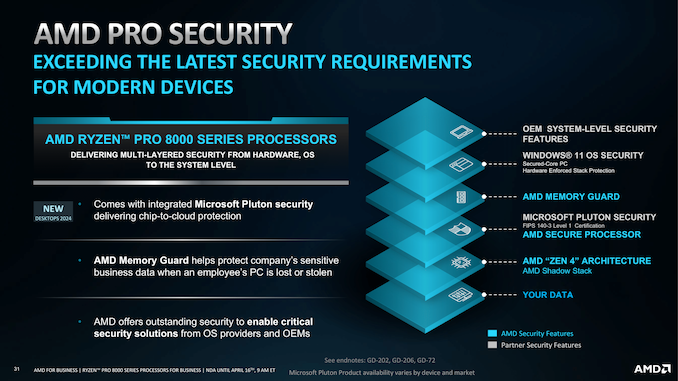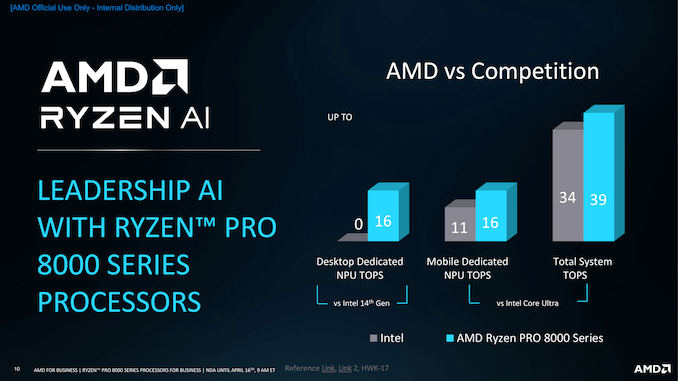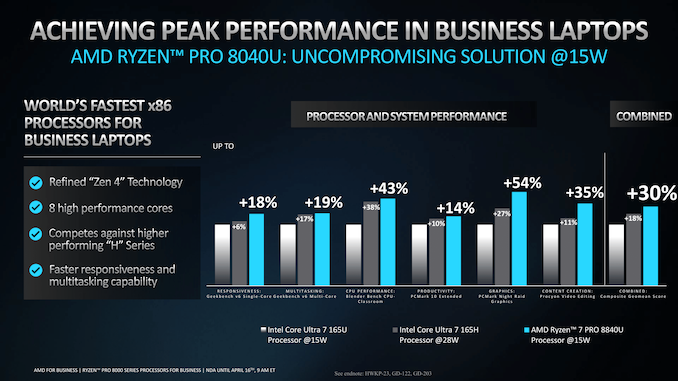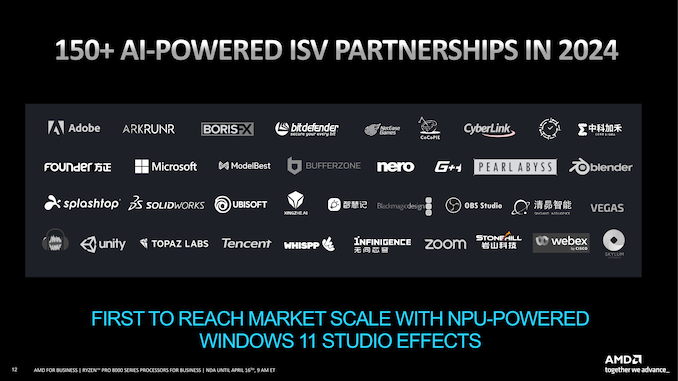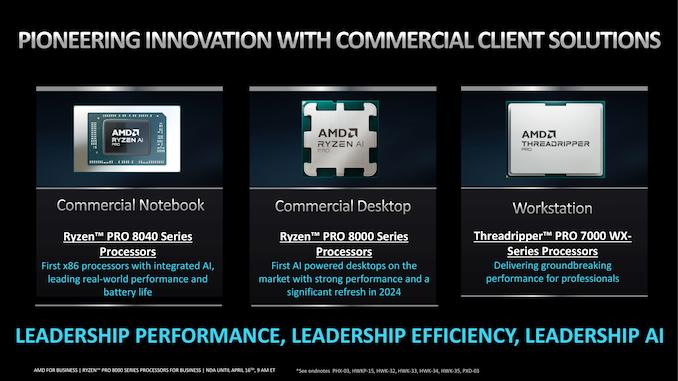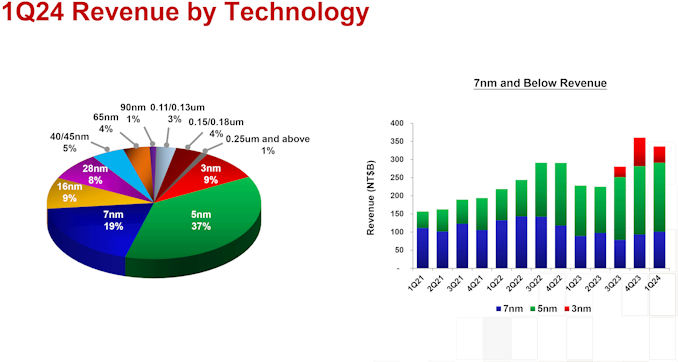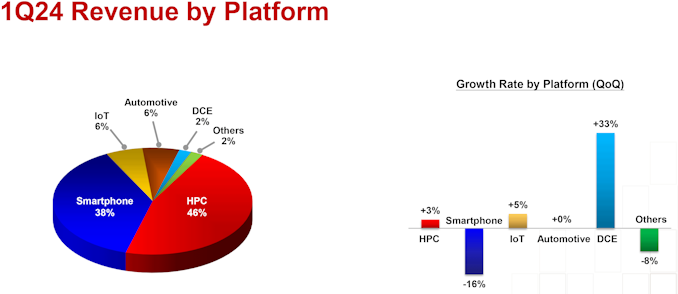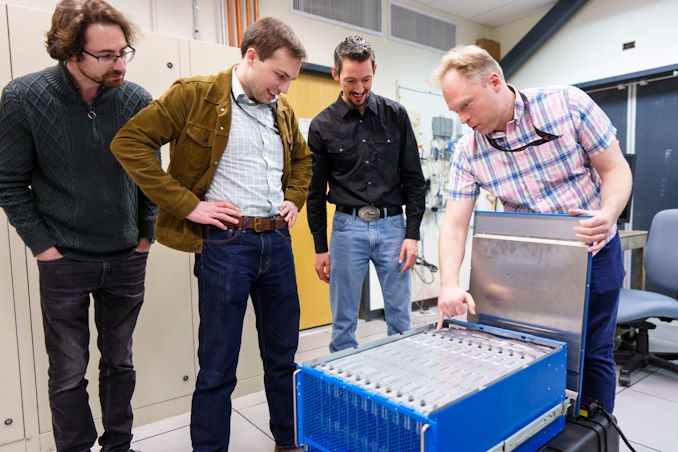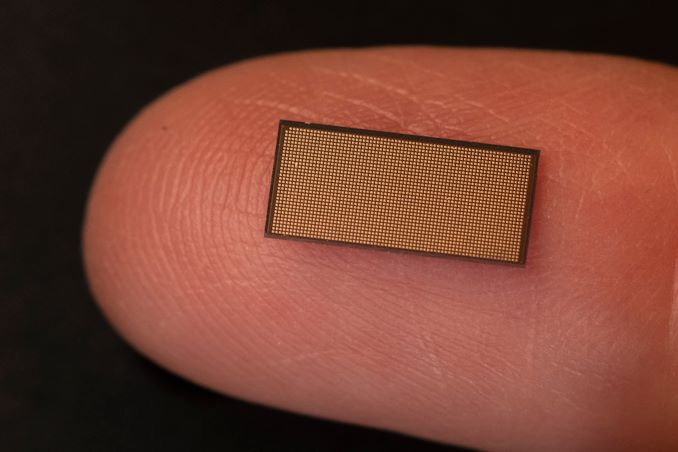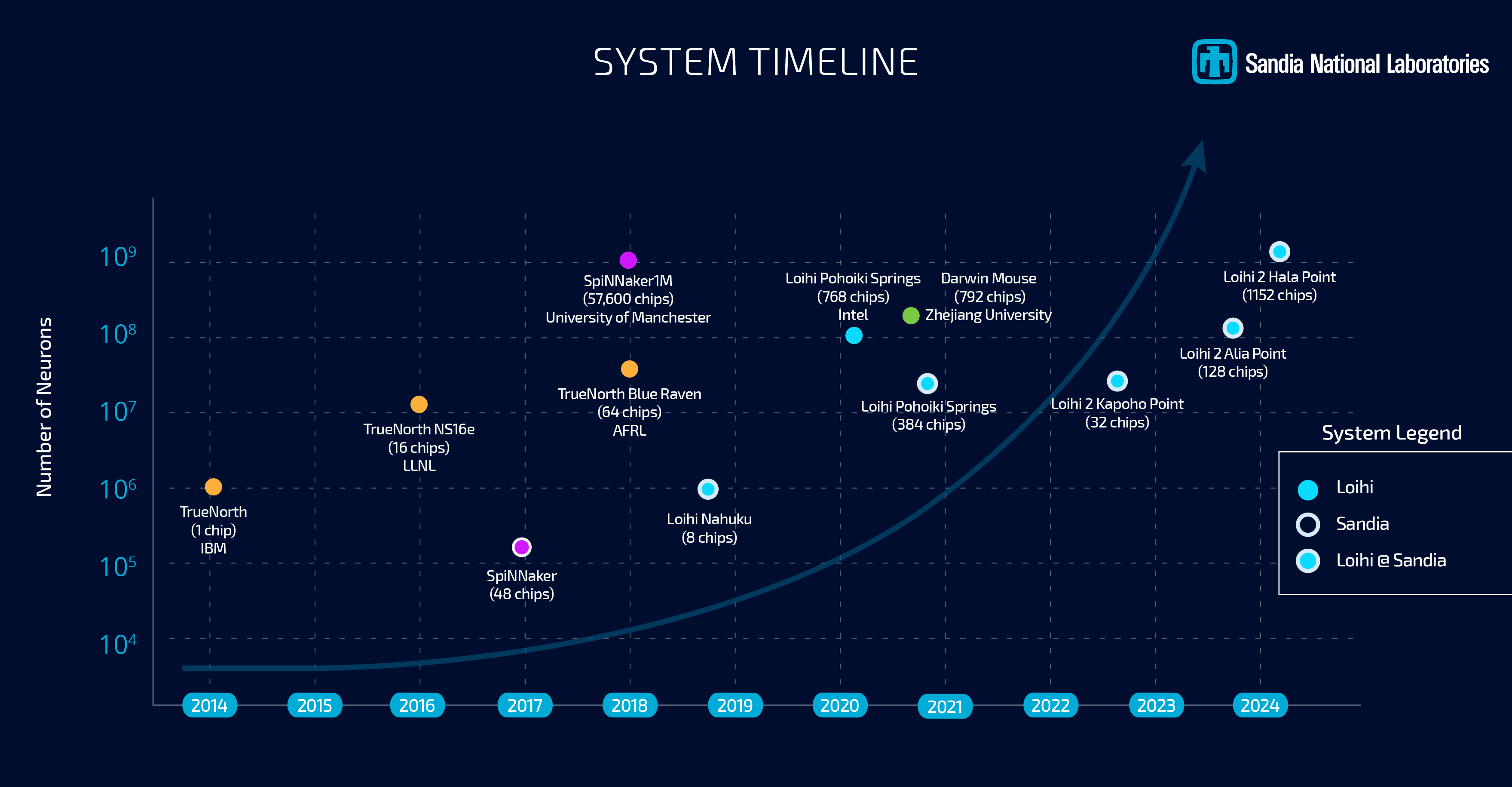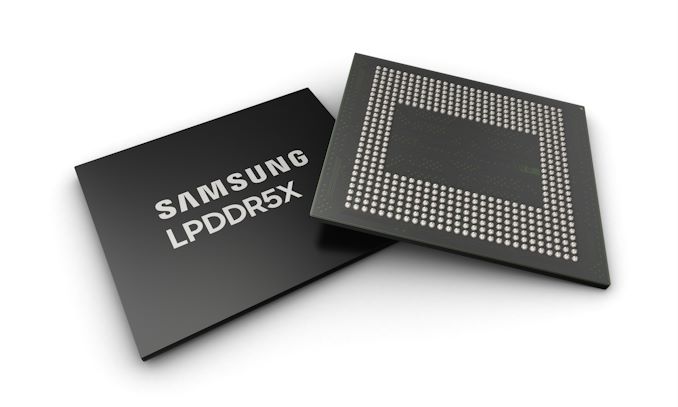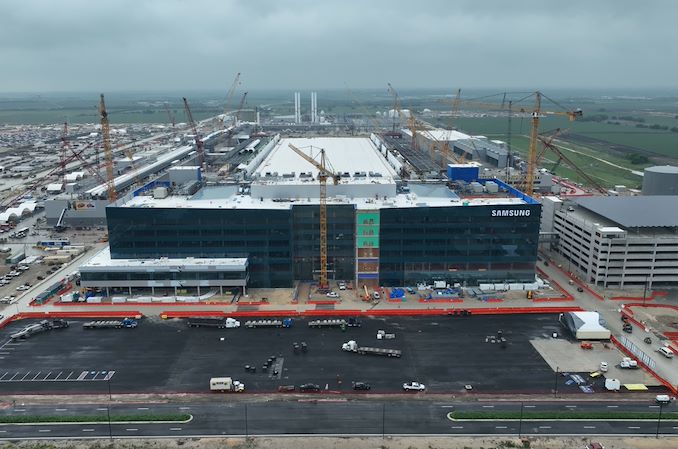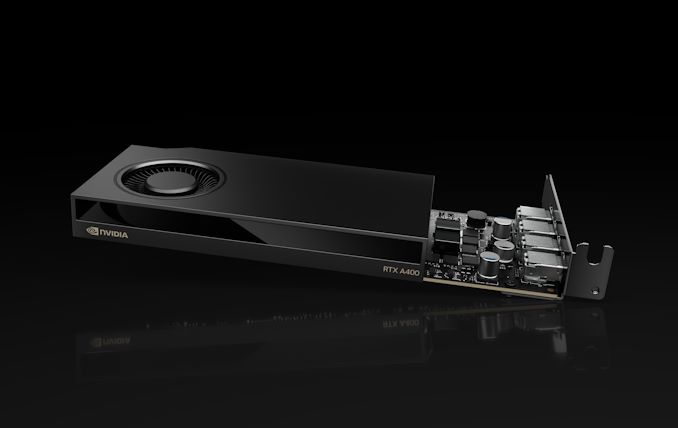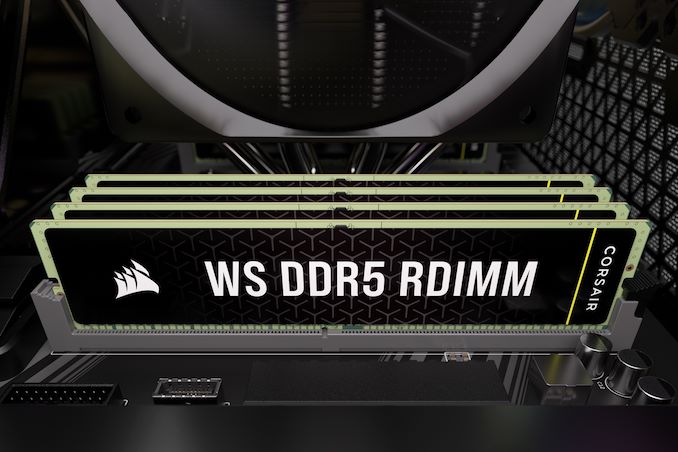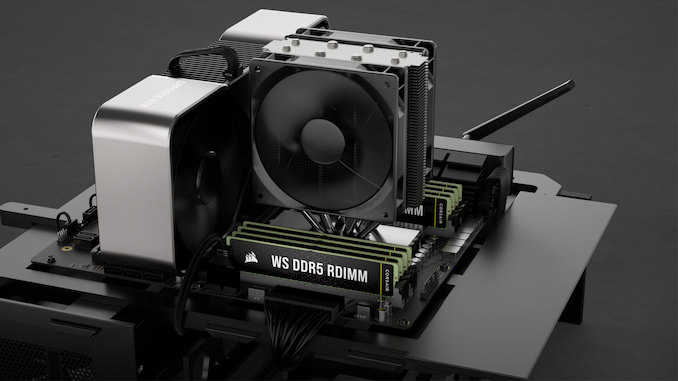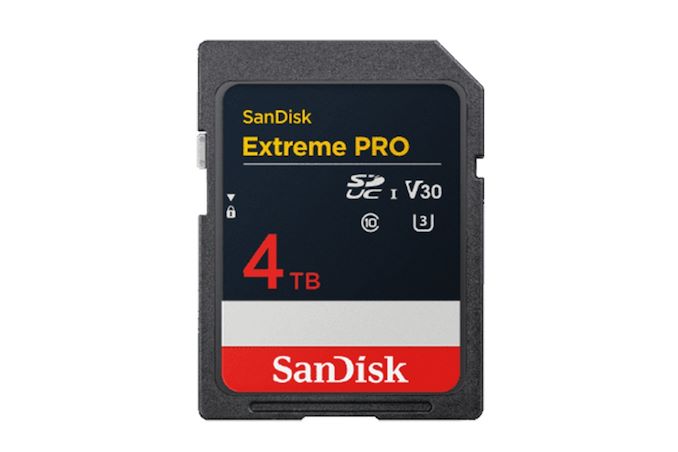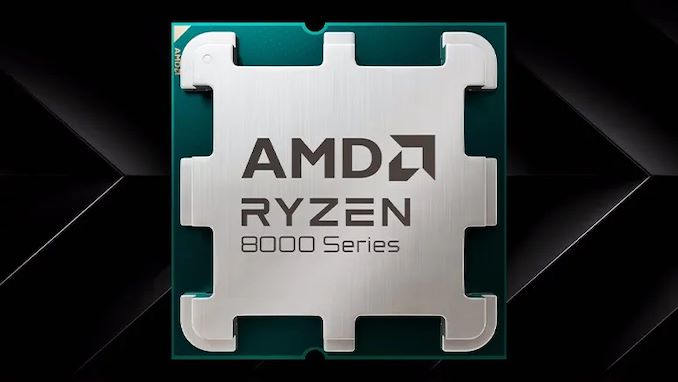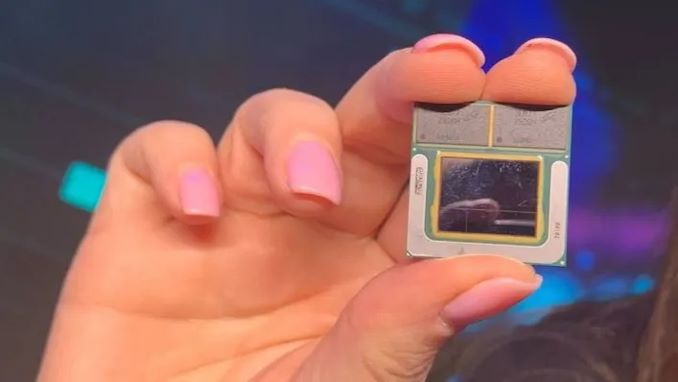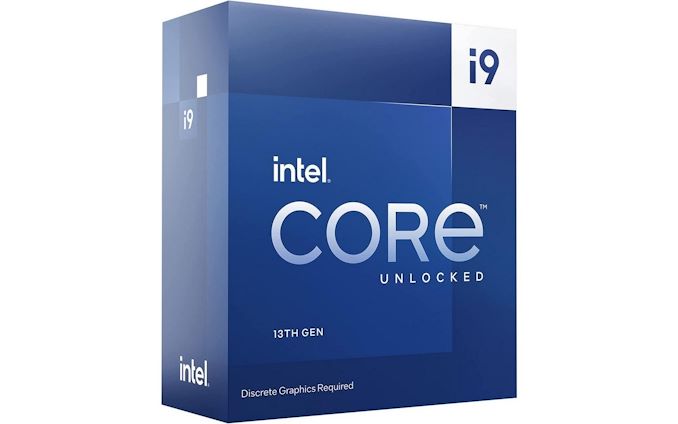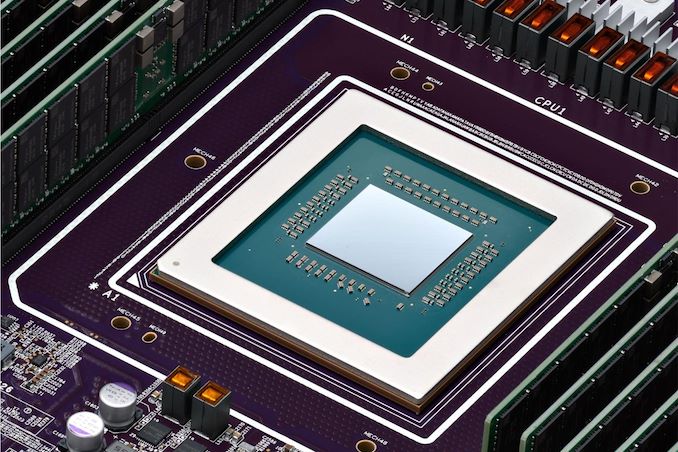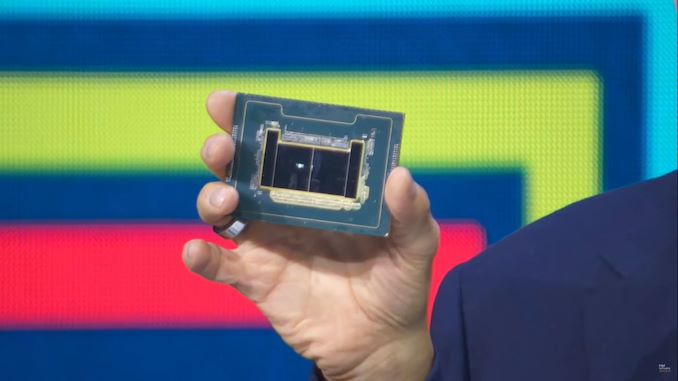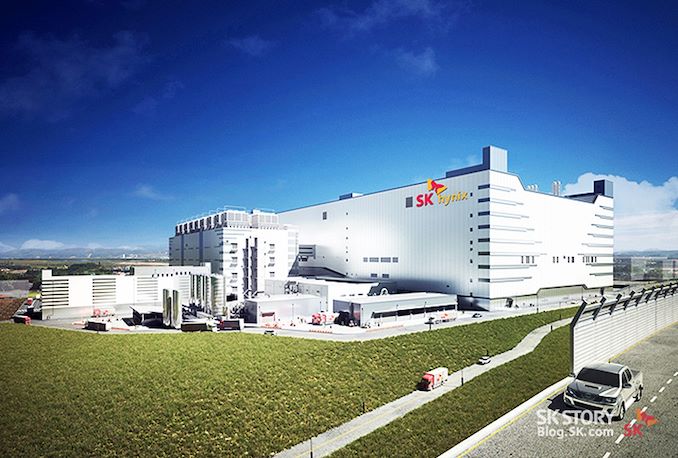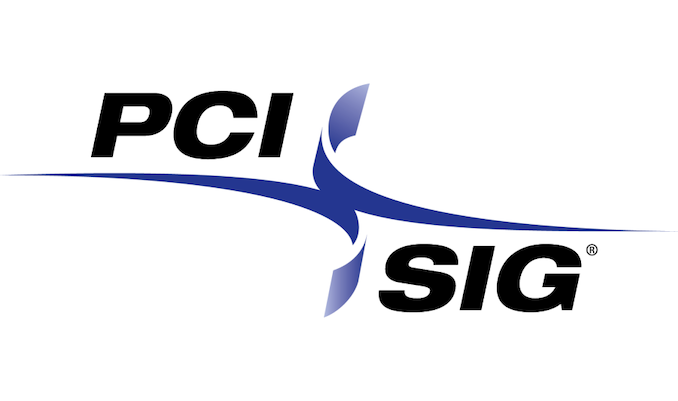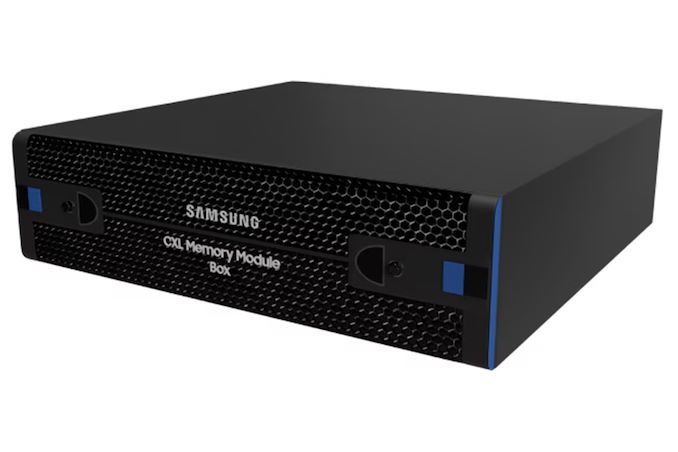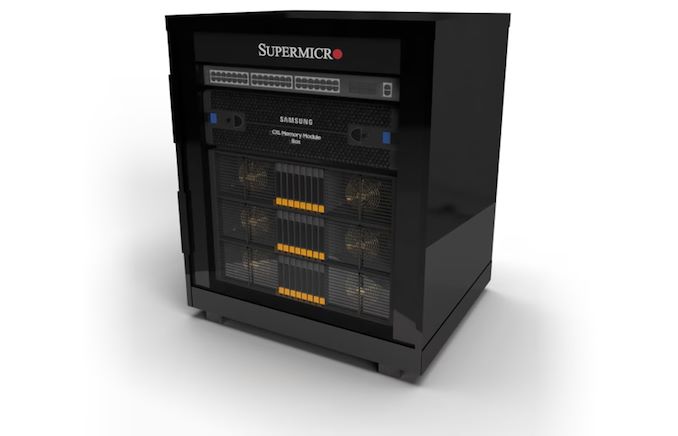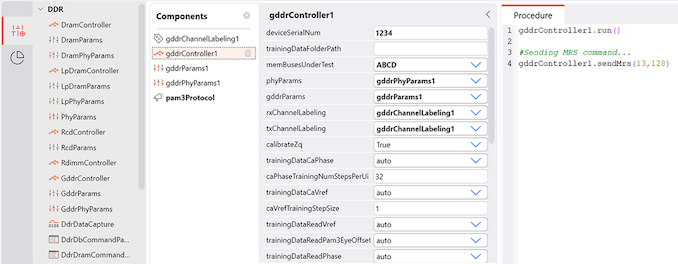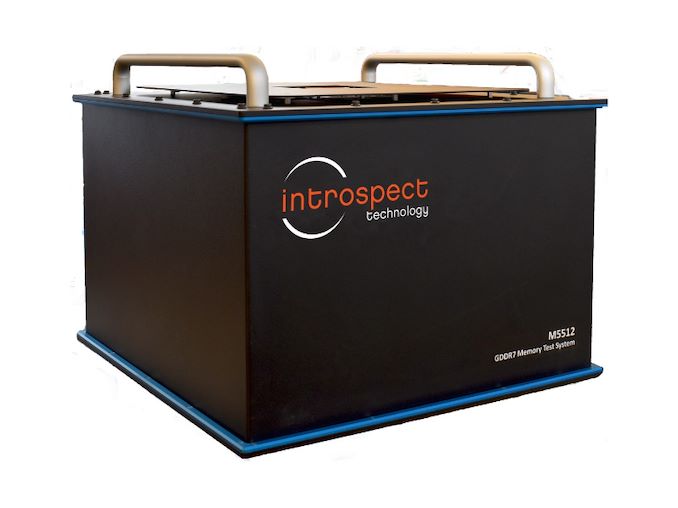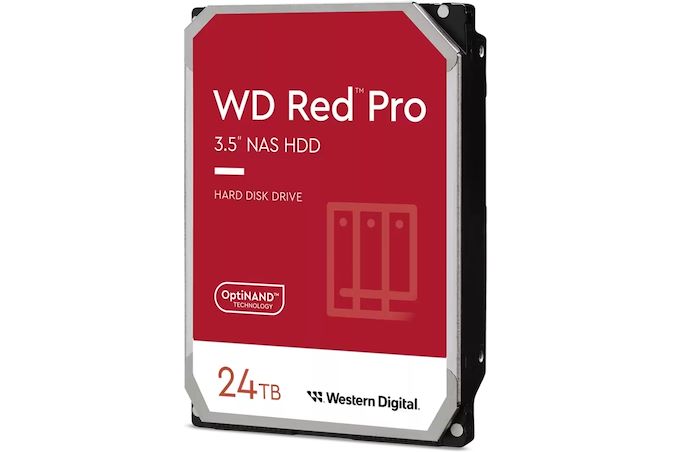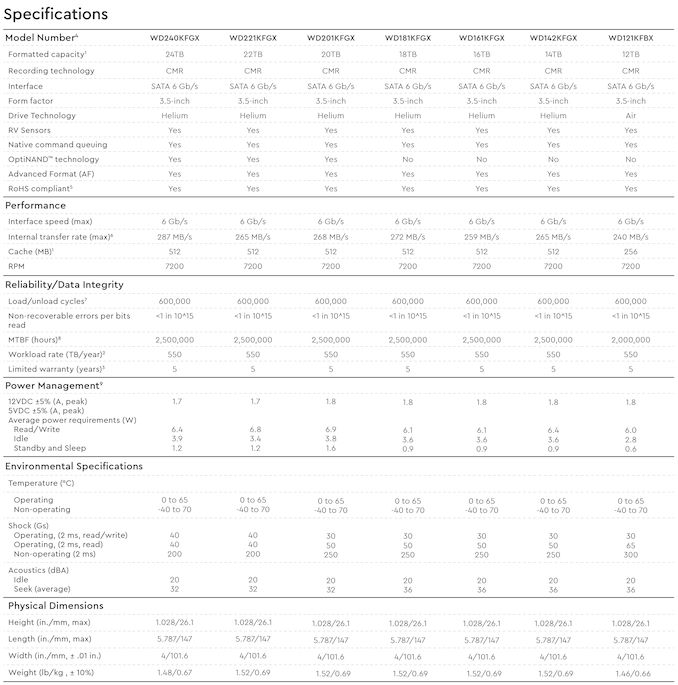The Eurocom 780W AC Power Adapter Review: Big Power For Big Laptops
While desktop PC power supplies receive the bulk of enthusiasts’ attention for good reasons – not the least of which being the vast selection of options that comes from being a standardized part – power supplies as a whole aren’t just a concern for big PCs. With the majority of PC sales having flipped to notebook sales some years ago, notebook power supplies already lead the market in volume. And while most laptops don’t need the kind of massively powered PSUs that dominate the desktop space, even that is slowly changing as desktop replacement-class laptops increasingly grow in performance and power consumption.
Perhaps the poster-child for the high-performance, high-powered laptop is Eurocom, who has a long history of developing heavy-duty DTR laptops that are all but portable desktop systems. Following recent trends in GPU power consumption and in GPU popularity for both gaming and AI workloads, the company has been selling a range of “mobile supercomputers”, which are practically large, tailor-made laptops that rival even the best of desktop computers – and have the power requirements to match.
In order to power their own high-end laptops, Eurocom has developed a rather unusual 780W AC adapter for high-performance laptops. Intended to power the most powerful of powerful laptops, their latest power adapter can supply over three-quarters of a kilowatt of DC power; a desktop-like wattage for a desktop-like device. It’s a laptop power adapter that’s unique in its scale, and with some room to scale up even further.
| Eurocom 780W AC Adapter Power specifications |
|
| RAIL | +20V |
| MAX OUTPUT | 39A |
| 780W | |
| DIMENSIONS | 325 x 110 x 40mm, 1.38kg |
| AC INPUT | 90 - 264 VAC, 50 - 60 Hz |
| MSRP | PSU: $299, Cable: $129+ |
Eurocom has offered this adapter for a few years now. But it’s taken on a new life as more laptops have been released that use such a large adapter (or two smaller 300W-ish power adapters). And, critically, Eurocom has made additional DC cable/connector sets for other manufactuers’ laptops, significantly increasing the number of systems it’s compatible with. Currently, Eurocom offers DC cables for the following laptops:
- Alienware M17x M18x; 1x DC Cable ; w/ barrel AW connector; 193cm/6.4ft
- Alienware AREA 51m; 1x DC Cable + Splitter Box w/ 2x barrel AW connectors; 152cm/5ft
- ASUS ROG G18 Strix; GX501V; GM501; GM501GM; GX531GM; 1x DC Cable; w/ barrel ROG connector
- ASUS G703GX, GZ700GX; 1x DC Cable w/ 2x ROG barrel connectors; 152cm/5ft
- CLEVO, OriginPC, Sager, XMG, EUROCOM laptops; 1x DC Cable; w/ 4-pin round connector; 182cm / 6ft
- CLEVO X370SNx; 1x DC Cable; w/ square connector; 120cm / 3.8ft
- CLEVO X170SM/X170KM; 1x DC Cable; w/ dual square connectors; 152cm / 5ft
- Dell Precision 7720/7710; 1x DC Cable; w/ barrel Dell connector; 120cm / 3.8ft
- MSI GE76, GT76, GT77, GE78HX Raider, Titan 18HX 1x DC Cable; w/ single square connector; 120cm / 3.8ft
- MSI laptops & MSI Trident AS Gaming Desktops; 1x DC Cable; w/ 4-pin round connector; 182cm / 6ft
The Eurocom 780W AC Adapter
Externally, the Eurocom 780W AC adapter looks like a hybrid between a PC PSU and a laptop adapter. It is shaped like an oversized laptop AC adapter but has a metallic body and cooling vents/fans. Eurocom advertises that it weighs “only 1.34kg”, which is the weight of an entire 14-inch laptop by comparison, but is relatively lightweight for a PSU with that kind of power output. The company logo is debossed across the top side of the adapter, with four round anti-slip pads found at its bottom. Care needs to be taken while moving it around because the metallic edges and weight can spell trouble for wooden surfaces.
Eurocom installed a small information display on the AC adapter, which shows the current, voltage, and power output, as well as the temperature of the adapter. It is not perfectly accurate – we can see it was reading a 12W load without a DC cable attached to the adapter – but it works as a basic reference. Next to it, there is a heavy-duty metallic connector for the DC cable. On the other side we can find a typical three-prong C14 AC cable receptacle, as well as an on/off switch, which is not something commonly found on laptop AC adapters.
Opening up the chassis, we can see that the Eurocom 780W AC adapter is not unlike common PC PSUs – just less complex due to the need to only generate a single 20V rail. The basic layout is identical, with an AC filter at the input consisting of four Y capacitors, two X capacitors, and two substantial filtering inductors, that leads to a rectifying bridge. The GBJ1508 bridge is made by HY Electronic Cayman Ltd, a Taiwanese company we're encountering for the first time.
Then we have an APFC circuitry with a massive Aishi 450V/560μF capacitor and a large filtering coil being its passive components, with a Toshiba K31N60W regulator on the same heatsink as the two MOSFETs that form a typical half-bridge configuration. Following that we have a small transformer and two Infineon 045N10N MOSFETs to generate the 20V power output. Cooling is provided by two Protechnic Electric MGT3812XB-W20 38 mm fans, which are small but high quality products with a double-ball bearing engine.
Test Results (~25°C Ambient)
For the testing of PSUs, we are using high precision electronic loads with a maximum power draw of 2700 Watts, a Rigol DS5042M 40 MHz oscilloscope, an Extech 380803 power analyzer, two high precision UNI-T UT-325 digital thermometers, an Extech HD600 SPL meter, and various other bits and parts.
The average efficiency of the Eurocom 780W AC adapter is very high, at 91.6% when the PSU is powered from an 230V AC source and drops down to 90.9% when powered from an 115V AC source. There is no 80Plus or similar efficiency certification covering this PSU, but there is legislation such as the Ecodesign 2019/1782 directive, and, even though the manufacturer does not fully publish its performance specs as the directive requires, the Eurocom 780W adapter seems to easily meet them. We must mention that this kind of PSU has an advantage over classic PC PSUs because it only generates a single voltage line, and conversion losses are lower, so it should not be directly compared to any multi-voltage output PSU.
The two small fans of the Eurocom 780W AC adapter seem hardwired to the power output of the unit, largely ignoring the temperature of the adapter and adjusting their speed only according to the load. Up to 40% load, which should cover the power needs of most gaming laptops anyway, the adapter is practically entirely silent. The speed of the fan gradually increases when the load is greater than 330 Watts, reaching terrifying noise figures at maximum load. Given the nature of the adapter, it is highly unlikely that it will operate at such high a load for prolonged periods of time, as even the laptops that require 2x330 Watt adapters will not continuously sustain such a high load.
Power Supply Quality
The electrical performance of the Eurocom 780W AC adapter is surprisingly good compared to its datasheet specifications. Eurocom claims a maximum voltage ripple of 200 mV but we recorded a maximum of 116 mV, which is alright for a 20 V rail and better than we expected due to the mediocre secondary side filtering. Voltage regulation is very good, at just 1.2% across the nominal load range.
| Main Output | ||||||||
| Load (Watts) | 158.03 | 394.68 | 586.46 | 780.78 | ||||
| Load (Percent) | 20% Load | 50% Load | 75% Load | 100% Load | ||||
| Amperes | Volts | Amperes | Volts | Amperes | Volts | Amperes | Volts | |
| 20 V | 7.8 | 20.26 | 19.5 | 20.24 | 29.25 | 20.05 | 39 | 20.02 |
| Line | Regulation (20% to 100% load) |
Voltage Ripple (mV) | |||||
| 20% Load | 50% Load | 75% Load | 100% Load | ||||
| 20V | 1.2% | 44 | 66 | 82 | 116 | ||
During our routine evaluation, we examine the fundamental protection features of all power supply units we review, including Over Current Protection (OCP), Over Voltage Protection (OVP), Over Power Protection (OPP), and Short Circuit Protection (SCP). The Eurocom 780W AC adapter behaves quite oddly here, as it has a rated output of 39 A and a maximum output of 45 A for 25 ms. However, we were able to draw 50 A from the unit, which is nearly 1000 Watts, for several minutes without triggering the OCP/OPP protection. The PSU did not show any serious signs of stress or overheating over that time, nor poor electrical performance. The OPP protection triggers immediately once the load is greater than 50.3 A – and also immediately resets and restarts the PSU when the load drops below 50.2A. It would seem that this platform was initially designed to be significantly more powerful and the OEM “forgot” to adjust the OCP/OPP trigger points.
Conclusion
The Eurocom 780W AC adapter melds raw power with innovation, presenting a piece that's as formidable as it is intriguing. With its substantial weight and metallic edges, it demands respect and caution, especially on delicate surfaces. However, its weight is justified by the impressive power output it delivers, making it a powerhouse that somewhat overshadows its bulky, heavy-set design. The inclusion of a display for monitoring performance is a smart touch, though its accuracy leaves room for improvement.
On the inside, Eurocom doesn't skimp on quality. The adapter's internals are a testament to careful selection and engineering, closely mirroring the complexity and efficiency of high-end PC PSUs. Its cooling system, though compact, functions well and provides good performance without compromising on noise levels — at least under most loads. That said, the adapter's noise profile at maximum load might not be everyone's cup of tea, hinting at a balance yet to be perfected between power and tranquility.
Overall, Eurocom's 780W AC adapter boasts commendable efficiency and electrical performance. But as a premium-priced product – a complete unit and cable will set you back at least $429 – it could benefit from a touch more finesse, particularly in terms of user safety and operational noise at high loads. Otherwise, I'm personally a bit surprised that Eurocom isn't offering a open-ended cable for DIY enthusiasts, which could broaden its appeal and utility. Such an addition would not only cater to a wider audience but also underscore Eurocom's commitment to versatility and innovation.
In sum, while the adapter stands out for its power and performance, there's also a clear avenue for Eurocom to enhance its appeal through minor, yet impactful, improvements.

